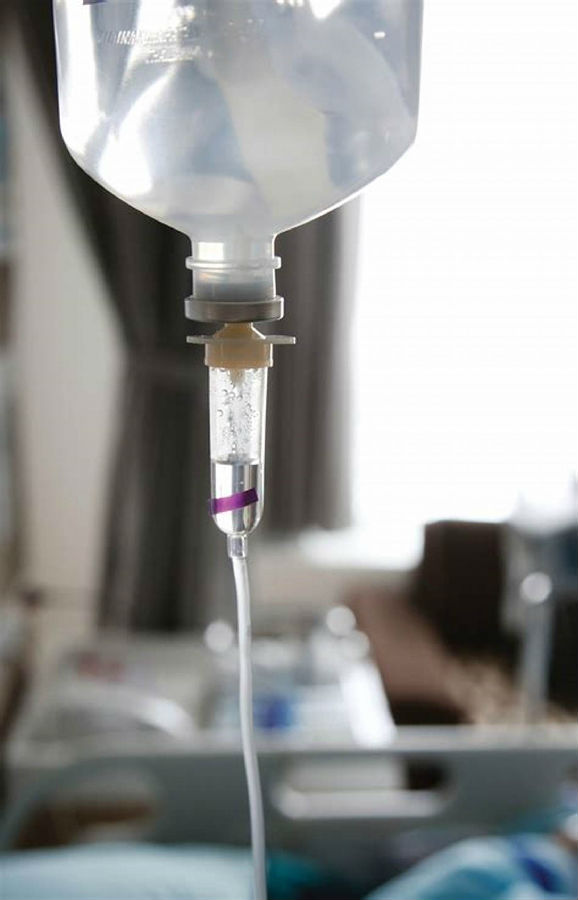Finally ketamine crossed back into commercial drug development. In 2009, Johnson & Johnson lured away Husseini Manji, a prominent NIH researcher who'd worked on the drug, to run its neuroscience division.

In September the American Society of Ketamine Physicians convened its first medical meeting about the unconventional use of the drug.











